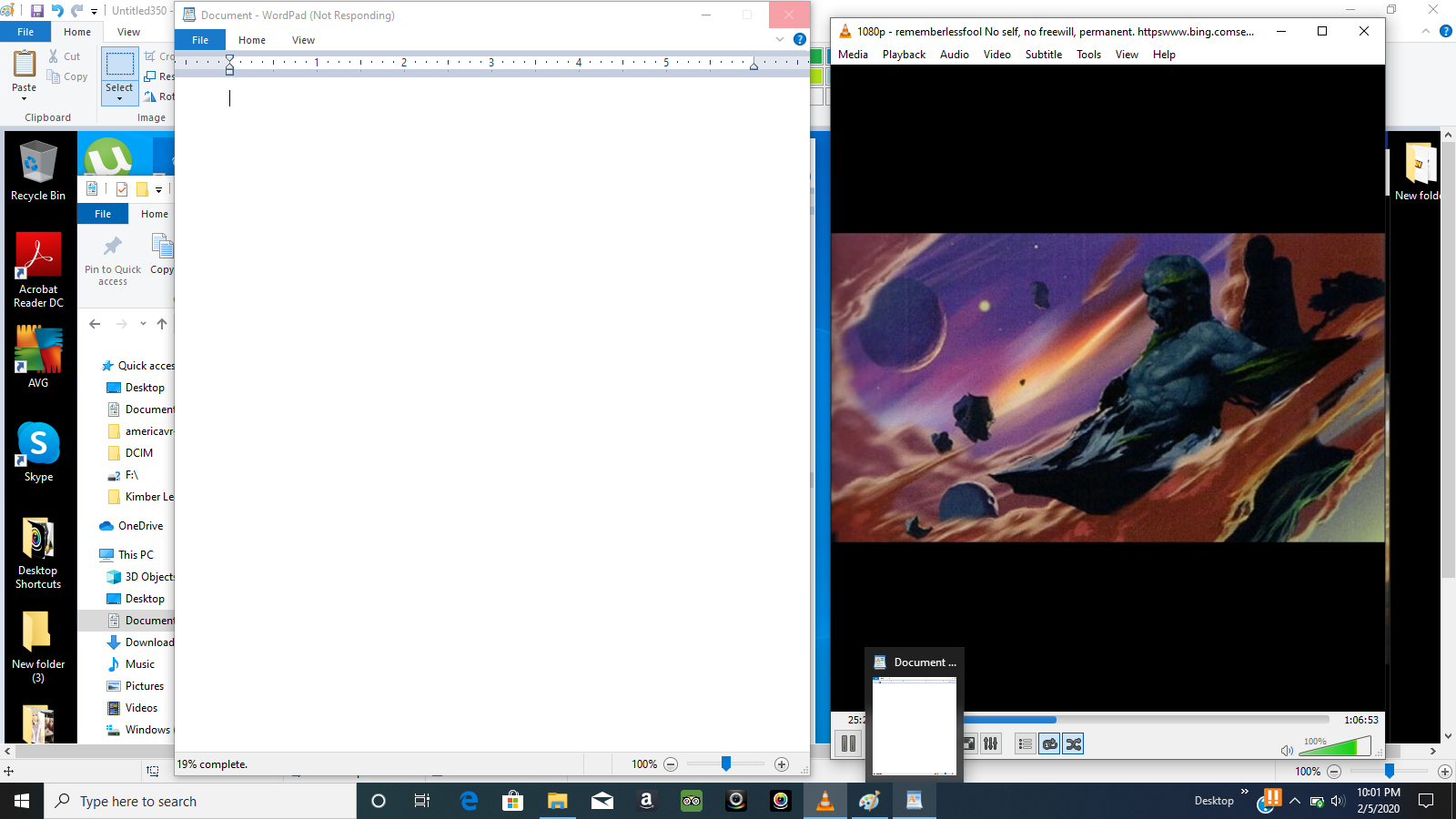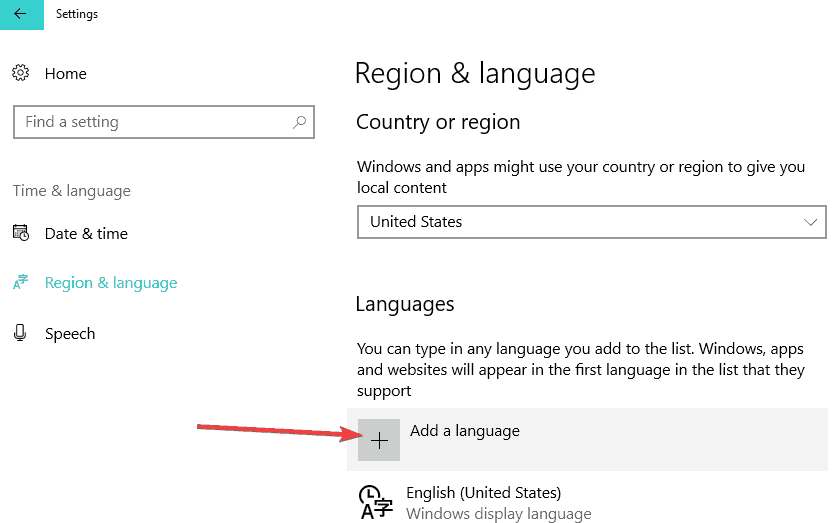

Choose Input from the Category drop-down list.Select the Link tab from the Same Settings dialog box.Enter the following in the "Additional include directories": C:\Program Files\Microsoft Speech SDK 5.3\Include. Click the C/C++ tab and select Preprocessor from the Category drop-down list.

Change the project settings to reflect the paths. If the compiler is unable to locate either file, or if a nonstandard install was performed, use the new path to the files. The paths shown are for a standard SAPI SDK install. Next add the paths to SAPI.h and SAPI.lib files. You may derive a class from CComModule and use it if you want to override something, This sets up the additional dependencies SAPI requires. After generating it, open the STDAfx.h file and paste the following code after "#include " but before the "#endif" statement. Choose "Hello, world" as the sample when asked during the wizard set up. In this case, use Visual Studio's application wizard to create a Win32 console application. While it is possible to write an application from scratch, it is easier to start from an existing project. Step 5: Modifying Speech Step 1: Setting up the project The Complete Sample Application is at the bottom of the page. The sample even goes one step beyond demonstrating the use XML tags to modify speech. Steps are provided for each new function. The sample builds up from the simplest (though nonfunctional) COM framework to speaking a sentence. An equivalent sample for a Windows application using a graphical interface (and event pump) is available in Using Events with TTS.

It is the "Hello World" equivalent for TTS. The console application is one of the simplest demonstrations of speech. This tutorial covers a very basic text-to-speech (TTS) example. Microsoft Speech API 5.3 Text-to-Speech Tutorial


 0 kommentar(er)
0 kommentar(er)
